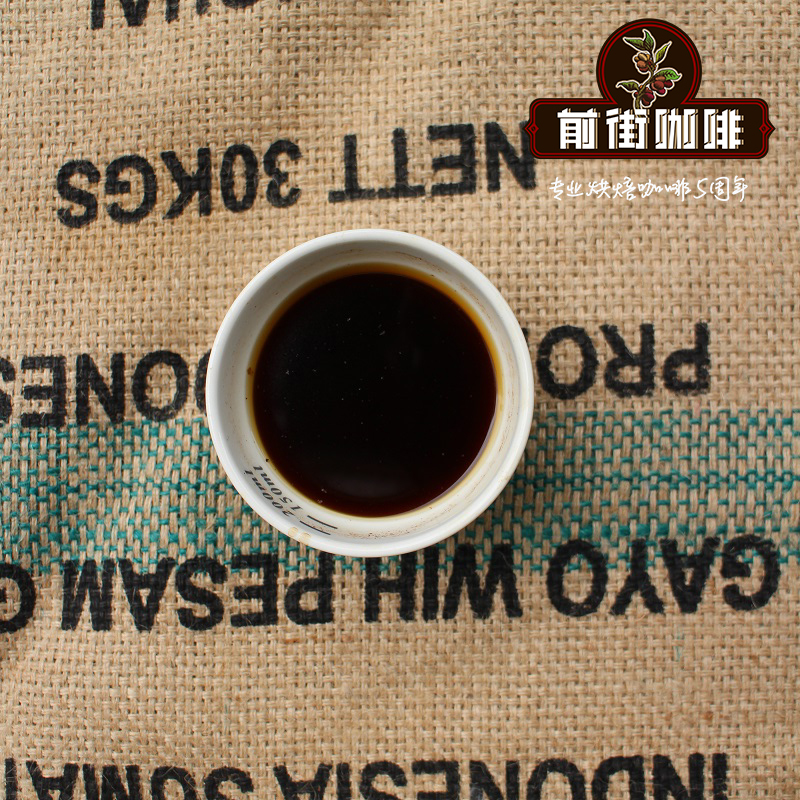La Lajas Manor is located in the central valley area at the foot of the Po á s de Alajuela volcano.

Professional coffee knowledge exchange More coffee bean information Please pay attention to coffee workshop (Weixin Official Accounts cafe_style)
Las Lajas Estate is located in the central valley at the foot of the Poás de Alajuela volcano. It has been operated by the Chacón family for more than 80 years. The estate is 1,300 to 1,500 meters above sea level and produces about 46,000 kilograms per year. Las Lajas Estate's annual production season is from December to February. The owner insists on harvesting only ripe and red fruits, and most of them adopt dense treatment and sun treatment to enhance the sweetness and thickness of coffee. At the same time, they are placed in African trellis-style sun field to ensure that coffee can receive sunlight evenly and avoid excessive fermentation. At the same time, the estate has also actively obtained international organic certification. At present, it has passed the certification of international organic organizations such as USDA, JAS and NOP.
Flavor description: Passion fruit, stone fruit, dates, blueberries
Many years ago, Francesca, Lord of the manor,
Always hoping to improve the flavor performance of coffee in the estate,
At the time, most coffee farmers in Costa Rica
are typically treated with traditional water washing.
To supply demand in the United States and Europe,
So the manor owner began to study
And improve many of the equipment in the estate so that
More in line with the sun and honey treatment of coffee needs.
At the time of harvest the estate owner uses the sweetness detector (BRIX) to screen for attainment
Standard coffee berries,
At the same time set up its own washing station for coffee processing
Finally, it was placed on an African trellis for subsequent exposure.
In the coffee processed at Las Lajas estate,
The plantation owner treats honey and sun-cured coffee by
Flavor performance is divided into a variety of different items,
In terms of honey, the farmers of Costa Rica
The amount of residual pulp is mostly controlled by peeling machines at washing stations,
But Las Lajas Manor decided to go the other way,
That is, 100% of the highest percentage of pulp is retained.
But the exposure and turning time on African trellises were controlled to present different coffee flavor performance.
In the honey processing method, the plantation master divided coffee into yellow honey, red honey and black honey.
Yellow honey treatment:
After removing the peel, place it on the African shelf in the morning
And immediately turn over.
Red honey treatment:
After removing the peel, place it on the African shelf in the morning
It didn't flip until after noon.
Black honey treatment:
After removing the peel, place it on the African shelf in the morning
It didn't flip until after afternoon.
As for the sun treatment method, it is treated by shading with plastic cloth
A lot of the finer flavours are expressed in black pearls:
Harvested coffee berries are placed on African trellises in the early morning
and regularly turning and insolating until the moisture content is 11.5%,
The whole process takes about two weeks.
Black Soul: The harvested coffee berries are placed on African trellises in the early morning
One day, timed flip, one day exposure.
plastic sheeting shade and stand until moisture content of 11.5%,
The whole process takes about three weeks.
At the same time, the manor owner strictly requires all processes on the fertilization materials of the manor
All must be planted and fertilized according to organic standards
Organic compost is used throughout the estate
Organic standards were also extended to include soil, shade trees and washing plant procedures.
After years of hard work, Las Lajas Estate is now
It has been certified by Japan JAS, USA USDA and NOP Organic.
END
Important Notice :
前街咖啡 FrontStreet Coffee has moved to new addredd:
FrontStreet Coffee Address: 315,Donghua East Road,GuangZhou
Tel:020 38364473
- Prev

La Lajas Manor is located in the central valley area at the foot of the Po á s de Alajuela volcano.
Professional Coffee knowledge Exchange more coffee bean information Please follow Coffee Workshop (official Wechat account cafe_style) La Lajas Manor is located in the central valley at the foot of Pos de Alajuela volcano. It has been operated by the Chacn family for more than 80 years. The manor is 1300 to 1500 meters above sea level, with an annual output of about 46000 kilograms. The annual production season of La Lajas Manor starts from
- Next

La Lajas Manor is located in the central valley area at the foot of the Po á s de Alajuela volcano.
Professional Coffee knowledge Exchange more coffee bean information Please follow Coffee Workshop (official Wechat account cafe_style) La Lajas Manor is located in the central valley at the foot of Pos de Alajuela volcano. It has been operated by the Chacn family for more than 80 years. The manor is 1300 to 1500 meters above sea level, with an annual output of about 46000 kilograms. The annual production season of La Lajas Manor starts from
Related
- Does Rose Summer choose Blue, Green or Red? Detailed explanation of Rose Summer Coffee plots and Classification in Panamanian Jade Manor
- What is the difference between the origin, producing area, processing plant, cooperative and manor of coffee beans?
- How fine does the espresso powder fit? how to grind the espresso?
- Sca coffee roasting degree color card coffee roasting degree 8 roasting color values what do you mean?
- The practice of lattes: how to make lattes at home
- Introduction to Indonesian Fine Coffee beans-- Java Coffee producing area of Indonesian Arabica Coffee
- How much will the flavor of light and medium roasted rose summer be expressed? What baking level is rose summer suitable for?
- Introduction to the characteristics of washing, sun-drying or wet-planing coffee commonly used in Mantenin, Indonesia
- Price characteristics of Arabica Coffee Bean Starbucks introduction to Manning Coffee Bean Taste producing area Variety Manor
- What is the authentic Yega flavor? What are the flavor characteristics of the really excellent Yejasuffi coffee beans?

